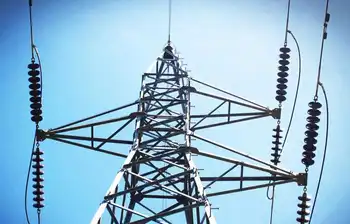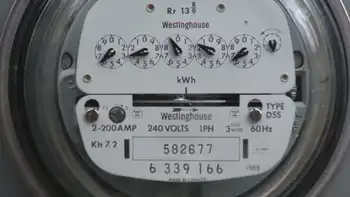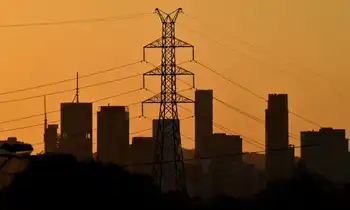The environmental cost of Three Gorges
By Toronto Star
CSA Z463 Electrical Maintenance -
Our customized live online or in‑person group training can be delivered to your staff at your location.

- Live Online
- 6 hours Instructor-led
- Group Training Available
The first sign was just a crack in the terraced earth, about 10 centimetres wide and 11 metres long, villagers said. But engineers, worried about the potential of a massive landslide, temporarily evacuated most of Miaohe's 250 farmers.
Fearing the hillside would never be safe again, the government started constructing a replacement village on a nearby plateau, blasted out of rock for increased stability.
"This is going to be good," said Han Qinbi, 60, a grizzled peasant, pointing at the spacious new home his family will get next summer.
But what Han saw as good fortune was a bad omen for the Chinese government. Eighteen months after the Three Gorges Dam was opened, clear signs of environmental degradation have started to accumulate along the Yangtze, just as activists had warned.
Among the most troubling have been incidents of geological instability in the soaring gorges that now embrace a reservoir stretching behind the dam.
Local officials acknowledge that dozens of major landslides have been recorded, affecting more than 30 kilometres of riverbank.
The Chinese, after a century of talk about taming the Yangtze, finally realized their Three Gorges dream in May 2006.
From the start, Communist Party officials acknowledged the massive engineering project would entail environmental risks and upset the lives of riverside peasants. An estimated 1.2 million people were moved to make way for backed-up water. But the damage could be controlled, the party and government insisted, and the benefits still would outweigh the dangers.
The $24 billion dam played its assigned role in controlling the river during this summer's flood season. The 2.3-kilometre-wide structure has also dramatically increased China's supply of clean electricity, producing 23.7 billion kilowatt hours in the first half of this year. The reservoir and swollen upstream river waters have given the centre of the country a trouble-free transportation lane.
But the breaking-in period has also shown how vast the environmental damage is likely to be – and how expensive to handle. Lei Hengshun, an engineering professor at Chongqing University who has followed the Three Gorges project since its inception, said it has opened a "bottomless pit" of government expenditures that will go on for decades.
A group of hydraulic engineers and environmentalists reported in March that the overall number of landslides in the area, including small ones, surpassed 4,700, requiring reinforcement or evacuation of 1,000 communities.
Higher and less stable water levels behind the dam, now at almost 150 metres above sea level and scheduled to rise, already have altered pressure bearing on the base of majestic cliff sides, they explained.
Along the cliffside road to Miaohe, about 30 kilometres upstream from the dam, a man with a shovel patiently repaired one such slide on a recent afternoon. Just across the river, on the north bank, a small ferry landing had been buried under another, forcing travellers to climb over a mound of earth to board. Concrete reinforcements have been erected nearby to keep clear both lanes of the main east-west road, along the north bank.
"The negative effects of the dam are starting to appear, one by one," said Wu Dengming, who runs the Green Volunteer League of Chongqing and has long warned about the dam's effect on the river's fragile ecology.
In addition to the landslides, he noted, industrial pollution, fertilizer runoff and waste from Chong- qing and other cities have thickened in the backed-up reservoir waters, just as he and others predicted they would. Downstream, he said, Shanghai has noticed seawater moving inland because of a change in the flow of water carried down the river on its long journey from Tibet to the East China Sea.
Lei, the Chongqing University professor, was among a group of government officials, environmentalists and engineers who warned in September that a "catastrophe" could befall the Yangtze River unless the government faces up to the environmental ills intensified by the dam and takes the costly measures necessary to confront them.
"It cost a lot of money to build the dam, and now it's going to keep on costing a lot of money," Lei said.











